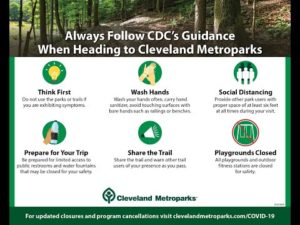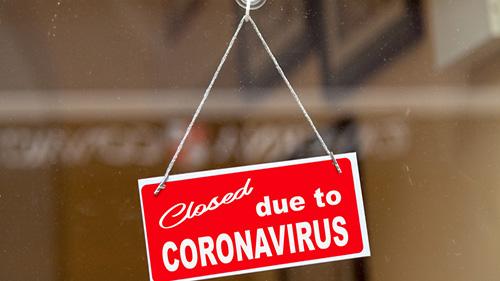We are flying blind.
As Ohio restarts its economy, no one knows what to expect. We scarcely know what has already happened, let alone what might happen next. We are making important decisions with astonishingly little information.
Will there be a vaccine or a treatment? Does having the virus provide long-lasting immunity? How many people have really had it? What is the actual mortality rate? Can we do the testing that will be required? None of these questions can be answered today.
Stay-at-home orders and social distancing have preserved our health care system, saved lives, and given us time to prepare for future waves of infection. But these measures have done nothing to remove the virus from our midst. It is still out there, uncontained, waiting. We are, in fact, emerging from our basement shelters while the tornado is still tearing up the house.
As we take our first tentative steps toward recovery, we don’t even know what recovery will look like. The only thing we can be sure of, is that it won’t be the same as the life we were living before the pandemic. Will the virus be eliminated or merely contained? Will telework, social distancing, and masks become the new norm? In the near term we will have to learn new ways of working, socializing, educating, and playing. In the long term, we may have to learn to coexist with the virus, as we have learned to coexist with other risks. This uncertainty is debilitating, causing confusion and depression, and opening the way for misinformation and noncompliance with public health guidance.
As a community, we can do better. We can establish a transparent, community-wide process for recovery planning that can protect our health, restore economic activity, and increase community resilience.
Organizations across Greater Cleveland are already laying the foundation for our recovery. Business owners, industry groups, educators, and others are making plans to resume operations. They are developing near and long-term solutions, planning for multiple contingencies.

But our goal should be broader than restarting our economy. As we restructure our workplaces, schools, and civic organizations to operate within the confines of the coronavirus, we should look for ways to strengthen our human capital, infrastructure, and economy so that we are better prepared for future disasters, whatever form they take. In a word, we should work to become more resilient.
Many organizations understand this, and are already looking for ways to reduce their vulnerability to future dislocations, even as they plan for reopening. But we can accelerate our recovery and improve our ability to adapt if we coordinate these various planning streams, develop a shared vision of where we want to go, and identify specific actions that will get us there.
All communities are resilient, but the most resilient communities adapt more quickly to changes in their environment and recover more quickly from unanticipated events. These communities can respond quickly because they have skilled and educated workforces, diverse economies, committed leadership, effective planning, strong civic organizations, and a culture of collaboration.
In Northeastern Ohio, we have the resources to organize and manage a successful recovery. We have a vibrant business community, world-class medical organizations, outstanding universities, strong community organizations, and we have already experienced a major economic restructuring.
As a first step we should create a region-wide task force to assess the damage we have sustained and identify areas where we were most vulnerable. The task force and its working groups should include representatives from all sectors and populations within Northeastern Ohio.
As soon as possible, the task force should create a set of community-wide goals and objectives to provide direction during the recovery process. We won’t be flying blind anymore.
Throughout the process, the task force’s work must remain transparent, to build trust and encourage cooperation from all members of the community. The task force should provide regular status updates and should implement a coherent messaging campaign.
No part of our recovery from this pandemic will be easy. But a community-wide effort, strong leadership, and a sense of urgency can help us repair much of the damage and better prepare us for the next event.
May 15, 2020
